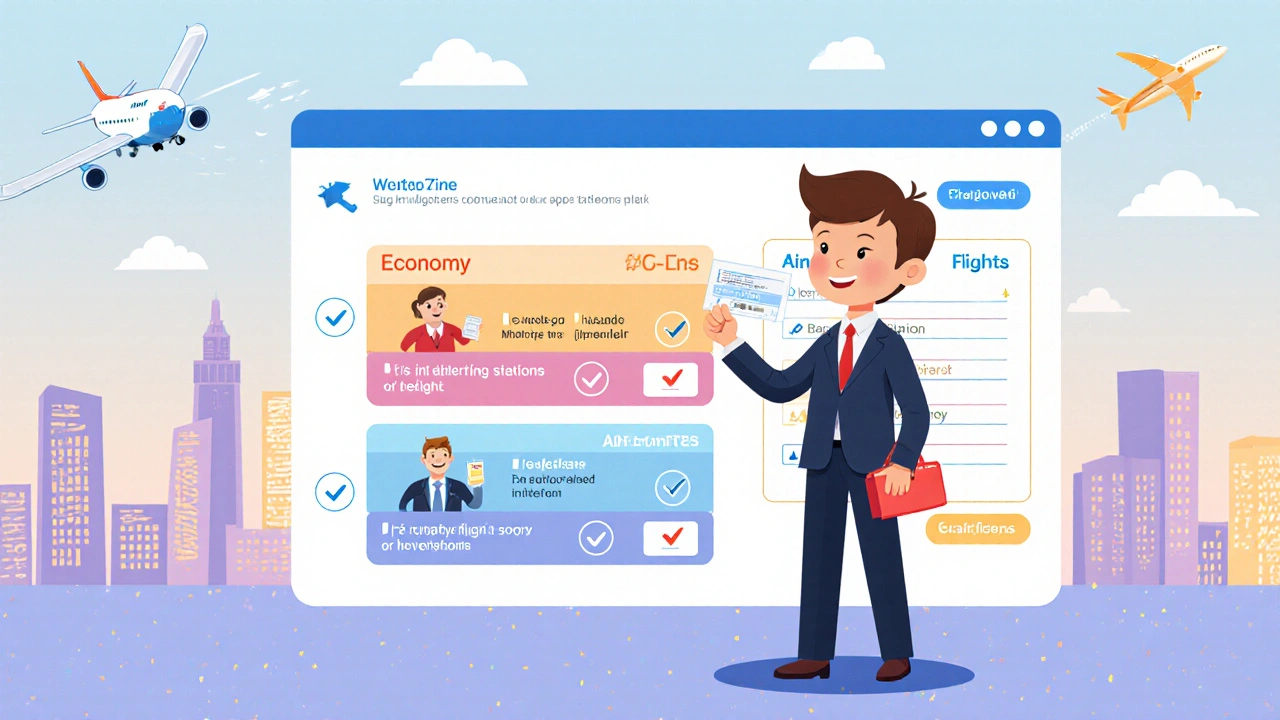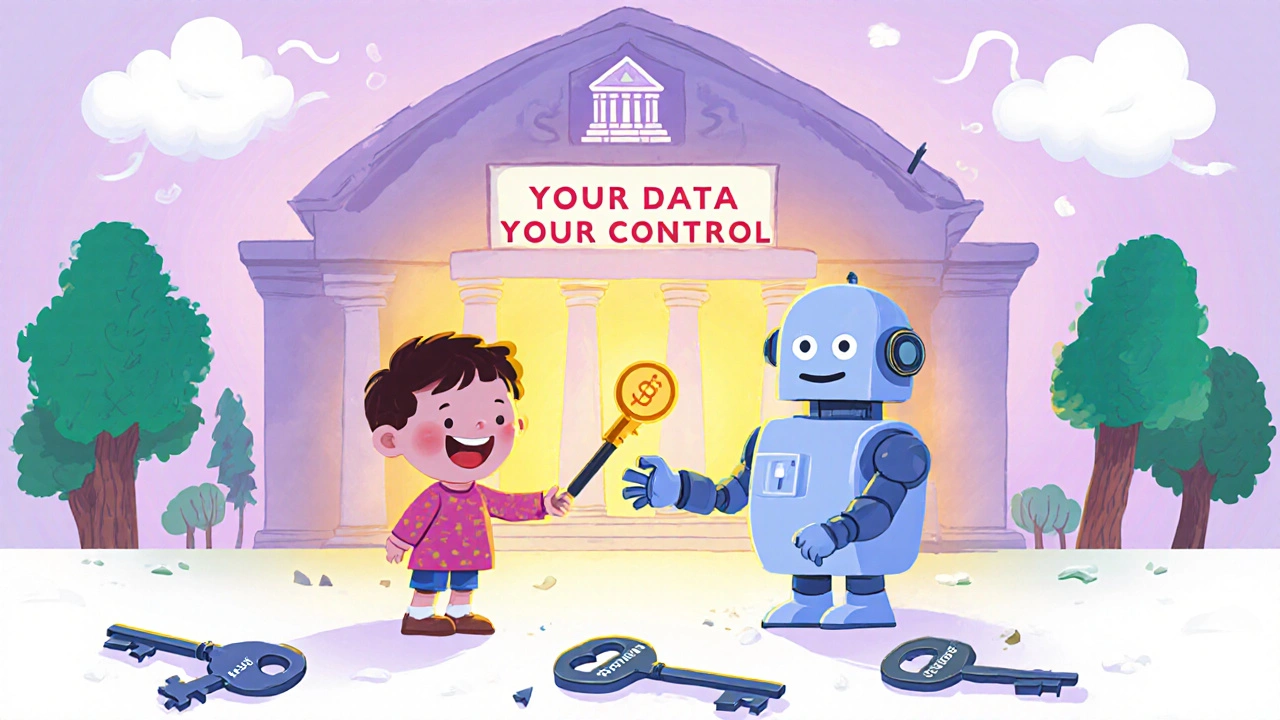Finance & Technology: How Fintech Is Rewriting How Money Works
When you think of finance & technology, the intersection where digital tools transform how money is saved, lent, insured, and invested. Also known as fintech, it's not just apps on your phone—it's a complete overhaul of financial systems that used to rely on brick-and-mortar branches and paper forms. This isn’t science fiction. It’s happening right now, in villages in Kenya where farmers get loans via text message, and in rural India where crop insurance pays out automatically when satellite data shows a drought.
Fintech moats, the lasting advantages that let some companies dominate while others vanish aren’t built on fancy software alone. They’re built on data, the endless stream of user behavior, transaction history, and real-time market signals that lets platforms predict risk better than any human analyst. Then there’s distribution, how these services reach people through apps, WhatsApp, or USSD codes instead of bank branches. And let’s not forget regulation, the legal frameworks that either block newcomers or lock in leaders with licenses and compliance advantages. The biggest players don’t just offer better rates—they control the infrastructure behind the scenes.
Meanwhile, agri-fintech, the use of digital finance tools to support small-scale farmers is proving that finance & technology isn’t just for city dwellers. Farmers who’ve never had a bank account are now getting loans based on harvest predictions from satellite images. Insurance payouts happen in minutes when weather data triggers a smart contract—no paperwork, no delays. This isn’t charity. It’s smart business that reduces risk for lenders and gives farmers real financial stability.
What you’ll find here aren’t abstract theories or hype-driven product reviews. These are real examples of how finance & technology is changing who gets access to money, how fast it moves, and who controls it. From the data engines behind credit scoring to the regulatory battles shaping who can operate where, every post here cuts through the noise. You’ll see exactly how these systems work—and why some succeed while others collapse.













